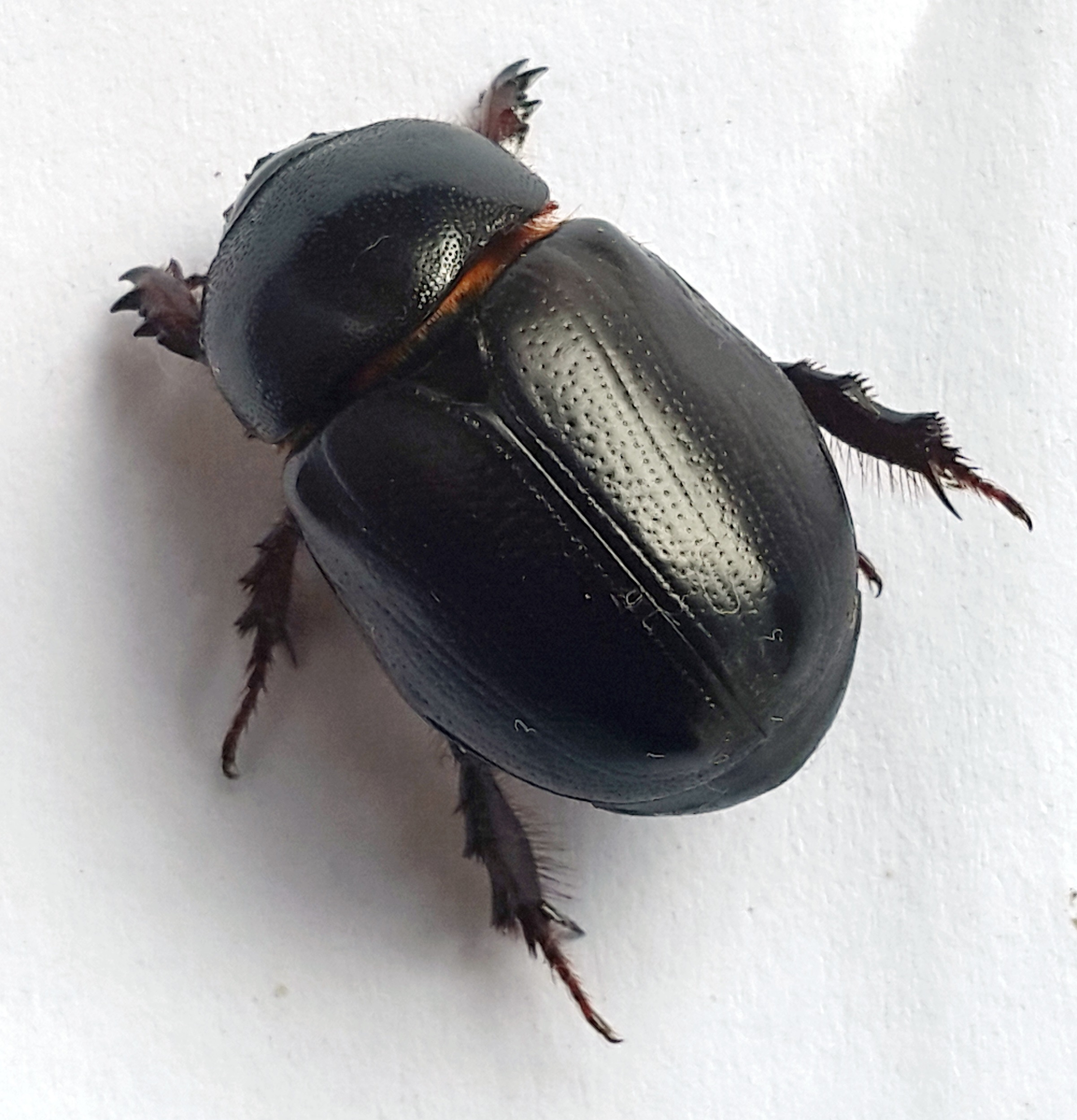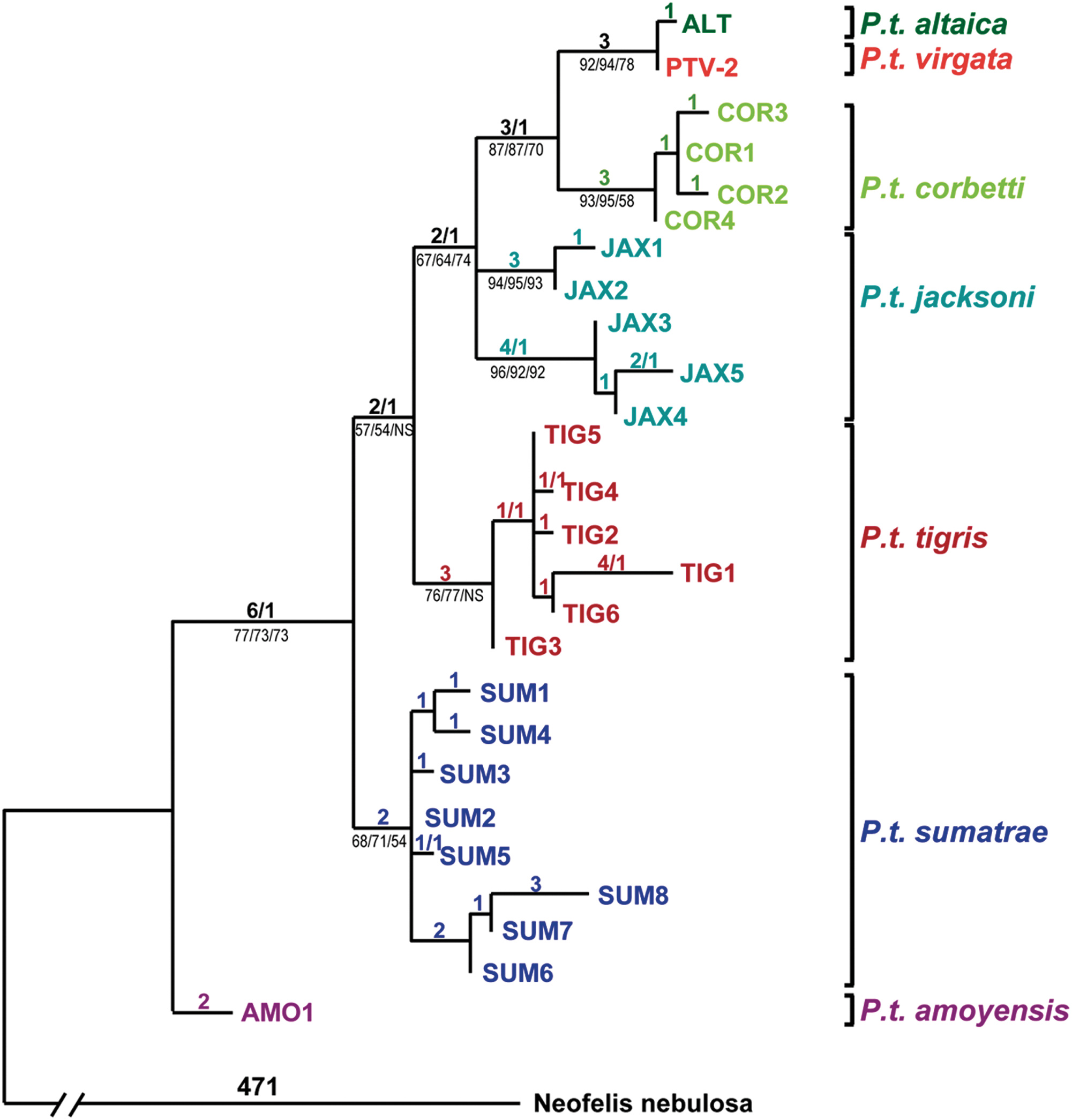|
Nodavirus
''Nodaviridae'' is a family of nonenveloped positive-strand RNA viruses. Vertebrates and invertebrates serve as natural hosts. Diseases associated with this family include: viral encephalopathy and retinopathy in fish. There are nine species in the family, assigned to two genera. History The name of the family is derived from the Japanese village of Nodamura, Iwate Prefecture where Nodamura virus was first isolated from '' Culex tritaeniorhynchus'' mosquitoes. Virology Structure The virus is not enveloped and has an icosahedral capsid (triangulation number = 3) ranging from 29 to 35 nm in diameter. The capsid is constructed of 32 capsomers. Genome The genome is linear, positive sense, bipartite (composed of two segments – RNA1 and RNA2) single stranded RNA consisting of 4500 nucleotides with a 5’ terminal methylated cap and a non-polyadenylated 3’ terminal. RNA1, which is ~3.1 kilobases in length, encodes a protein that has multiple functional domains: a ... [...More Info...] [...Related Items...] OR: [Wikipedia] [Google] [Baidu] |
Flock House Virus
Nodavirus endopeptidase (, ''Black Beetle virus endopeptidase'', ''Flock House virus endopeptidase'') is an enzyme. This enzyme catalysis, catalyses the following chemical reaction : Hydrolysis of an asparaginyl bond involved in the maturation of the structural protein of the virus, typically -Asn-Ala- or -Asn-Phe- The enzyme is coded by several nodaviruses that are insect pathogens. References External links * {{Portal bar, Biology, border=no EC 3.4.23 ... [...More Info...] [...Related Items...] OR: [Wikipedia] [Google] [Baidu] |
Nodamura Virus
''Nodamura virus'' (NoV) is a member of the family Nodaviridae, which was originally isolated from mosquitoes (''Culex tritaeniorhynchus'') in Japan near the village of Nodamura in 1956. Other members of Nodaviridae are flock house virus (FHV) and black beetle virus (BBV).Tesh, R. B.Infectivity and Pathogenicity of Nodamura Virus for Mosquitoes" Journal of General . Virology 48.1 (1980): 177-82. Web. NoV has been found to multiply in several insect and tick species; however, these infected individuals seem to be asymptomatic. Nodamura virus is the only member of the genus Alphanodavirus that can infect insects, fish, and mammals. Taxonomy Nodamura virus is a +ssRNA virus. It is a member of the virus family Nodaviridae. Nodaviridae is made up of two genera, Alphanodavirus and Betanodavirus. NoV is a member of the Alphanodavirus. Other viruses in this genus are ''Flock House virus'' and '' Black beetle virus''."ViralZoneAlphanodavirus N.p., n.d. Web. 10 Dec. 2015. Structure ... [...More Info...] [...Related Items...] OR: [Wikipedia] [Google] [Baidu] |
Boolarra Virus
''Boolarra virus'' (BoV) is a member of the family ''Nodaviridae''. It was named after Boolarra, Victoria where it was first discovered after infecting and killing or severely debilitating a pest larvae. As of now, the only known host for ''Boolarra virus'' is the ''Oncopera intricoides'' which a moth that is endemic to Victoria (Australia). __TOC__ History and discovery In the winter of 1977, an outbreak of ''Oncopera intricoides'' prompted examination of the insect and its habits. While examining the pest, many dead and terminal larvae were found. After looking closely to discover the cause these insects' ailment, researchers were unable to find any traces of bacteria, fungi, or protozoa that could have contributed to the insects' death. After further examination, the researchers found viral particles that were found to be members of the Nodaviridae. After comparing the RNA genome of this virus with that of other members of the Nodaviridae, it was found to be different and ther ... [...More Info...] [...Related Items...] OR: [Wikipedia] [Google] [Baidu] |
Black Beetle Virus
''Black beetle virus'' (BBV) is a virus that was initially discovered in the North Island of New Zealand in Helensville in dead New Zealand black beetles (''Heteronychus arator'') in 1975. History and general information BBV is recognized as a member of a group of small split arboviruses from the same line as Nodamura virus which was discovered 20 years prior to BBV in Japan. The genomes of these viruses are unusually small compared to others such as picorna and retroviruses. Because the virus only has 2 initial RNAs, this is the simplest class of virus. There is an RNA 3 that does appear only in infected cells. BBV has only been shown to infect insect cells. When transmitted to wax moth larvae, it can cause paralysis; however it cannot replicate in mammalian cells like other viruses in its family. Viruses such as Nodamura Virus and Flock house virus have been shown to infect mammals and fishes. BBV comes from the family of Nodaviridae that contains nine different viruses divided ... [...More Info...] [...Related Items...] OR: [Wikipedia] [Google] [Baidu] |
Alphanodavirus
''Alphanodavirus'' is a genus of non-enveloped positive-strand RNA viruses in the family ''Nodaviridae''. Insects, mammals, and fishes serve as natural hosts. Diseases associated with this genus include: Nodamura virus paralysis in infected wax moth larvae. Member viruses can also provoke paralysis and death to suckling mice and suckling hamsters. There are five species in this genus. Structure Viruses in the genus ''Alphanodavirus'' are non-enveloped, with icosahedral geometries, and T=3 symmetry. The diameter is around 30 nm. Genomes are linear and segmented, bipartite, around 21.4kb in length. Life cycle Viral replication is cytoplasmic. Entry into the host cell is achieved by penetration into the host cell. Replication follows the positive-strand RNA virus replication model. Positive-strand RNA virus transcription, using the internal initiation model of subgenomic RNA transcription is the method of transcription. Member viruses are released by lysis of the infected ho ... [...More Info...] [...Related Items...] OR: [Wikipedia] [Google] [Baidu] |
Fish Viral Diseases
Fish are aquatic, craniate, gill-bearing animals that lack limbs with digits. Included in this definition are the living hagfish, lampreys, and cartilaginous and bony fish as well as various extinct related groups. Approximately 95% of living fish species are ray-finned fish, belonging to the class Actinopterygii, with around 99% of those being teleosts. The earliest organisms that can be classified as fish were soft-bodied chordates that first appeared during the Cambrian period. Although they lacked a true spine, they possessed notochords which allowed them to be more agile than their invertebrate counterparts. Fish would continue to evolve through the Paleozoic era, diversifying into a wide variety of forms. Many fish of the Paleozoic developed external armor that protected them from predators. The first fish with jaws appeared in the Silurian period, after which many (such as sharks) became formidable marine predators rather than just the prey of arthropods. Most fis ... [...More Info...] [...Related Items...] OR: [Wikipedia] [Google] [Baidu] |
Virus Families
A virus is a submicroscopic infectious agent that replicates only inside the living cells of an organism. Viruses infect all life forms, from animals and plants to microorganisms, including bacteria and archaea. Since Dmitri Ivanovsky's 1892 article describing a non-bacterial pathogen infecting tobacco plants and the discovery of the tobacco mosaic virus by Martinus Beijerinck in 1898,Dimmock p. 4 more than 9,000 virus species have been described in detail of the millions of types of viruses in the environment. Viruses are found in almost every ecosystem on Earth and are the most numerous type of biological entity. The study of viruses is known as virology, a subspeciality of microbiology. When infected, a host cell is often forced to rapidly produce thousands of copies of the original virus. When not inside an infected cell or in the process of infecting a cell, viruses exist in the form of independent particles, or ''virions'', consisting of (i) the genetic material, i. ... [...More Info...] [...Related Items...] OR: [Wikipedia] [Google] [Baidu] |
Nodaviridae
''Nodaviridae'' is a family of nonenveloped positive-strand RNA viruses. Vertebrates and invertebrates serve as natural hosts. Diseases associated with this family include: viral encephalopathy and retinopathy in fish. There are nine species in the family, assigned to two genera. History The name of the family is derived from the Japanese village of Nodamura, Iwate Prefecture where Nodamura virus was first isolated from ''Culex tritaeniorhynchus'' mosquitoes. Virology Structure The virus is not enveloped and has an icosahedral capsid (triangulation number = 3) ranging from 29 to 35 nm in diameter. The capsid is constructed of 32 capsomers. Genome The genome is linear, positive sense, bipartite (composed of two segments – RNA1 and RNA2) single stranded RNA consisting of 4500 nucleotides with a 5’ terminal methylated In the chemical sciences, methylation denotes the addition of a methyl group on a substrate, or the substitution of an atom (or group) by a methyl ... [...More Info...] [...Related Items...] OR: [Wikipedia] [Google] [Baidu] |
Tiger Puffer Nervous Necrosis Virus
The tiger (''Panthera tigris'') is the largest living cat species and a member of the genus ''Panthera''. It is most recognisable for its dark vertical stripes on orange fur with a white underside. An apex predator, it primarily preys on ungulates, such as deer and wild boar. It is territorial and generally a solitary but social predator, requiring large contiguous areas of habitat to support its requirements for prey and rearing of its offspring. Tiger cubs stay with their mother for about two years and then become independent, leaving their mother's home range to establish their own. The tiger was first scientifically described in 1758. It once ranged widely from the Eastern Anatolia Region in the west to the Amur River basin in the east, and in the south from the foothills of the Himalayas to Bali in the Sunda Islands. Since the early 20th century, tiger populations have lost at least 93% of their historic range and have been extirpated from Western and Central Asia, the ... [...More Info...] [...Related Items...] OR: [Wikipedia] [Google] [Baidu] |



